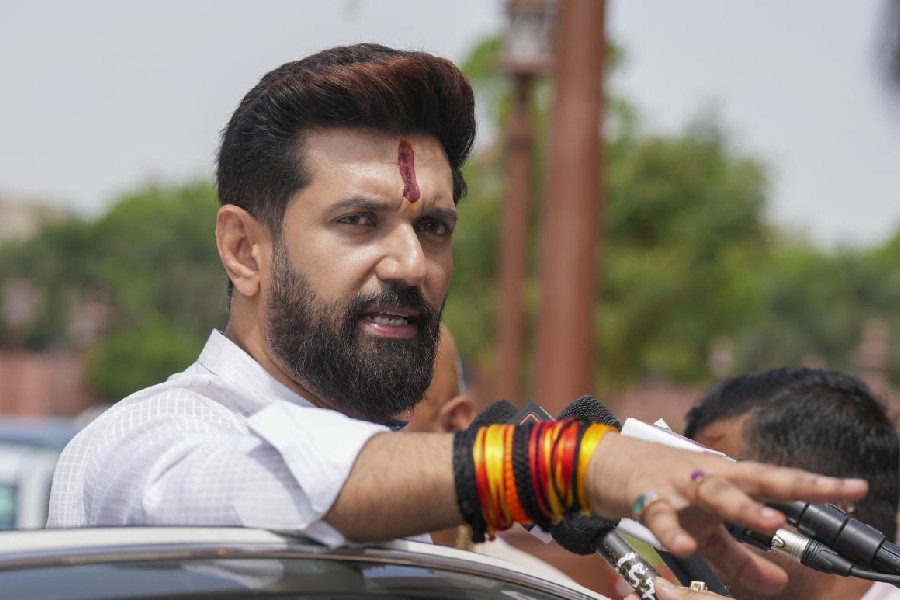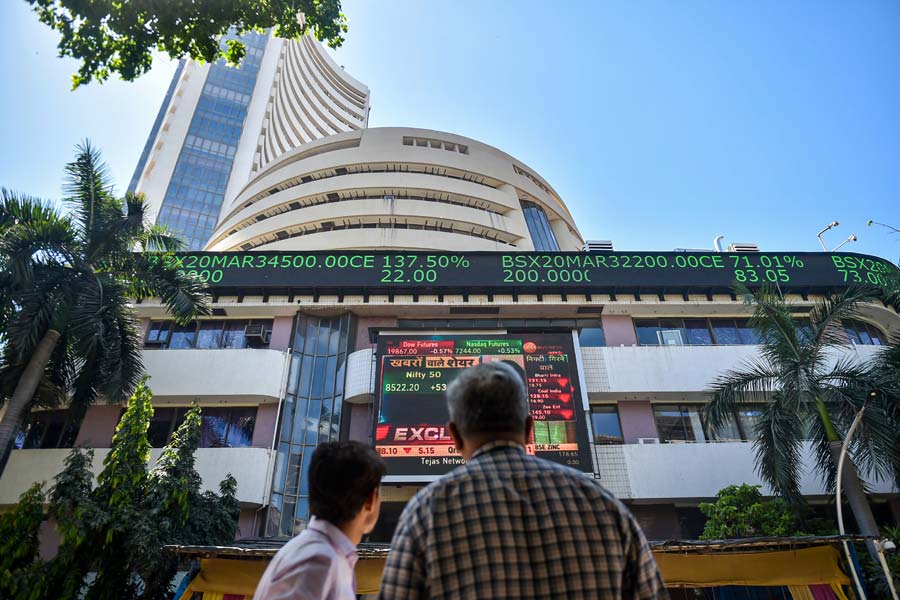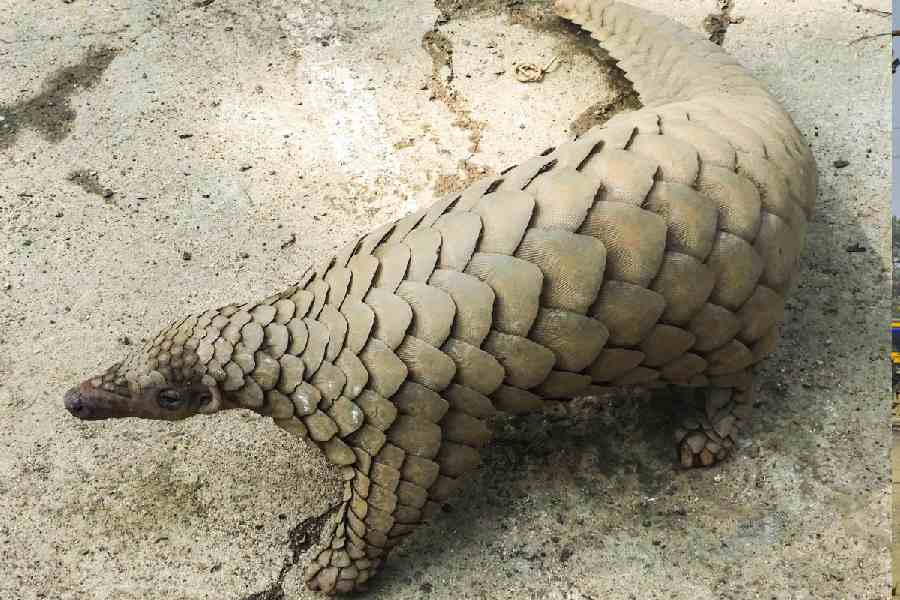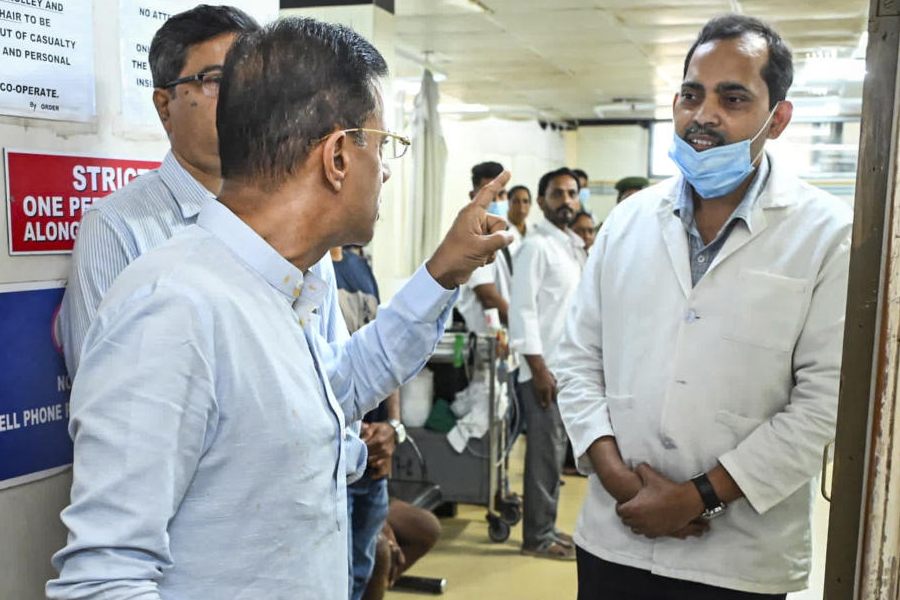Stripped of archaism and the affectations of mainstream journals, the first little magazine in Bengali provoked the mindful reader to think critically. Pramatha Chowdhury’s Sabujpatra, published in 1931, was hard-hitting and, hence, refreshing. Eight decades later, the number of little magazines in Bengal hovers around 1,000, with some 400 of them being published from Calcutta.
The Little Magazine Exhibition and Utsab, held over the weekend at Nehru Children’s Museum, displayed more than 600 issues. Apart from several districts of West Bengal, contributions also poured in from Assam, Madhya Pradesh, Chhattisgarh, Uttar Pradesh and Tamil Nadu. Little magazine associations in Sweden, London, New Jersey, Washington, Greater Chicago and San Francisco Bay Area, too, parcelled in some issues, which were displayed alongside the progenies of vintage Krittibash, Ekak, Jagori, Kabipatra and Anushtup.
The contents of the issues on display reflect, however obliquely, the changing tastes and needs of time. The foreword to Kallol Sahitya Patrika, published by a Bengali community based in New Jersey, recounts how the little magazine has helped sustain its literary and cultural antecedents. But for the second-generation expatriates reluctant to read and write in Bengali, it is a handicap. Hence, a few publications have carried their contributions in English, as well.
“Little magazines open up avenues for aspiring writers to channel their creativity. And the aim of this exhibition was to make little magazines more popular among today’s readers. It also served as a platform for sustaining the interaction between writers, editors and readers,” says Nabakumar Sil, secretary of the Little Magazine Editors’ Association, that has been assiduously organising this annual festival for 19 years. Set up by a handful of little magazine editors in 1982, the forum now boasts some 350 registered members.
Sabujpatra had paved the way for more such magazines propagating a plethora of issues and nurturing young writers. The little magazines have over the years ventilated the imagination of several obscure, nondescript youths writing intense poetry, fiction, or non-fiction prose. Jibanananda Das, Sukanta Bhattacharya, Shakti Chattopadhyay, Sunil Gangopadhyay, Samar Sen, Premendra Mitra… modern Bengali literature owes too much to little magazines for any simple definition.
A parallel literary movement, a platform for new voices, or just periodicals mirroring the cultural and literary trends of their times? A reassessment is overdue.











